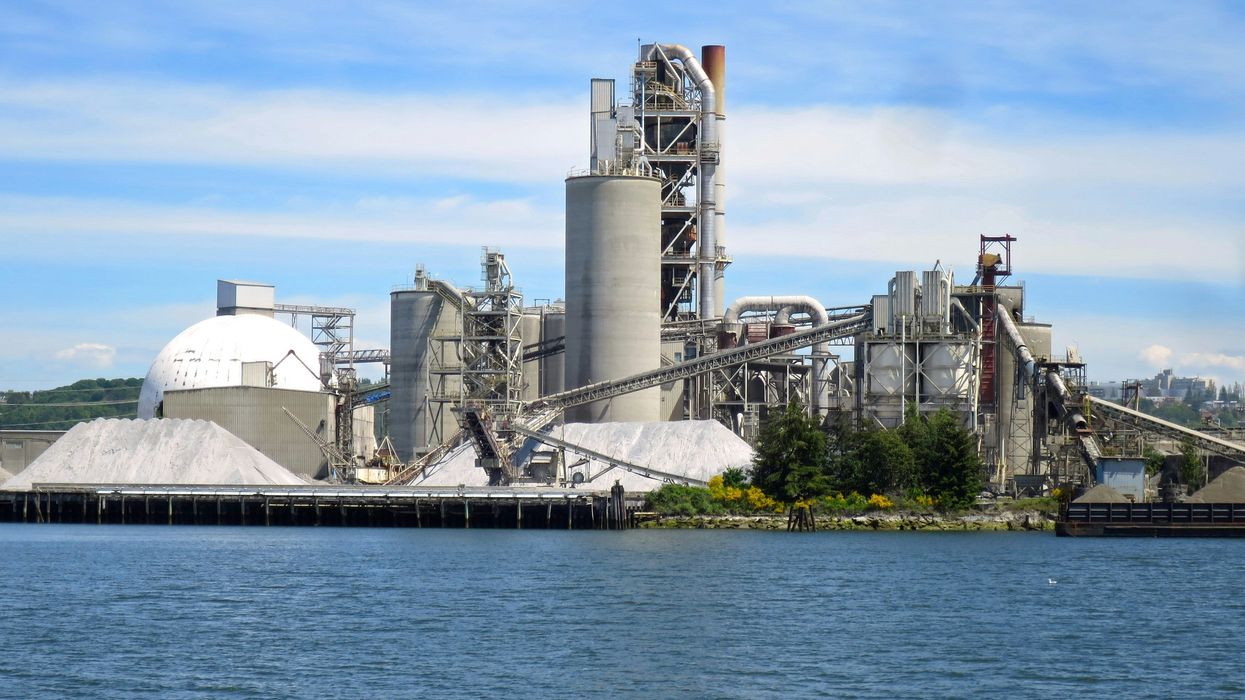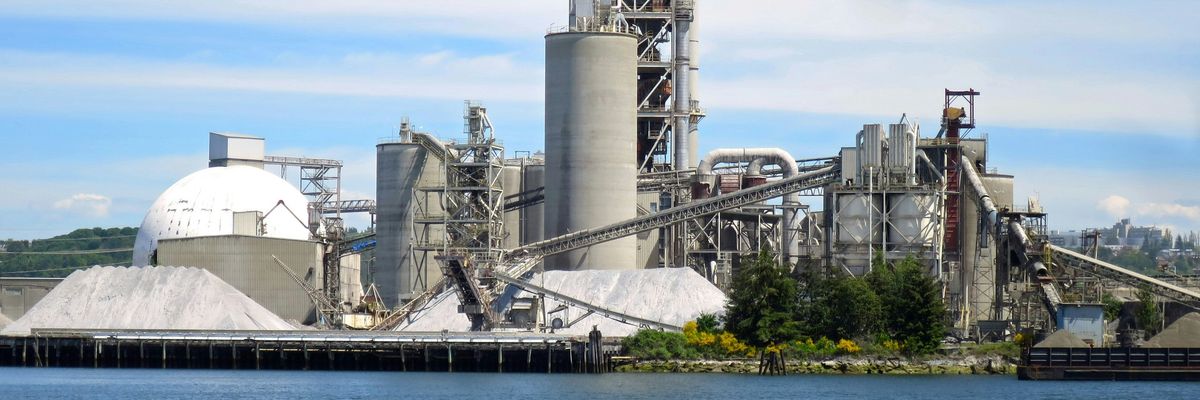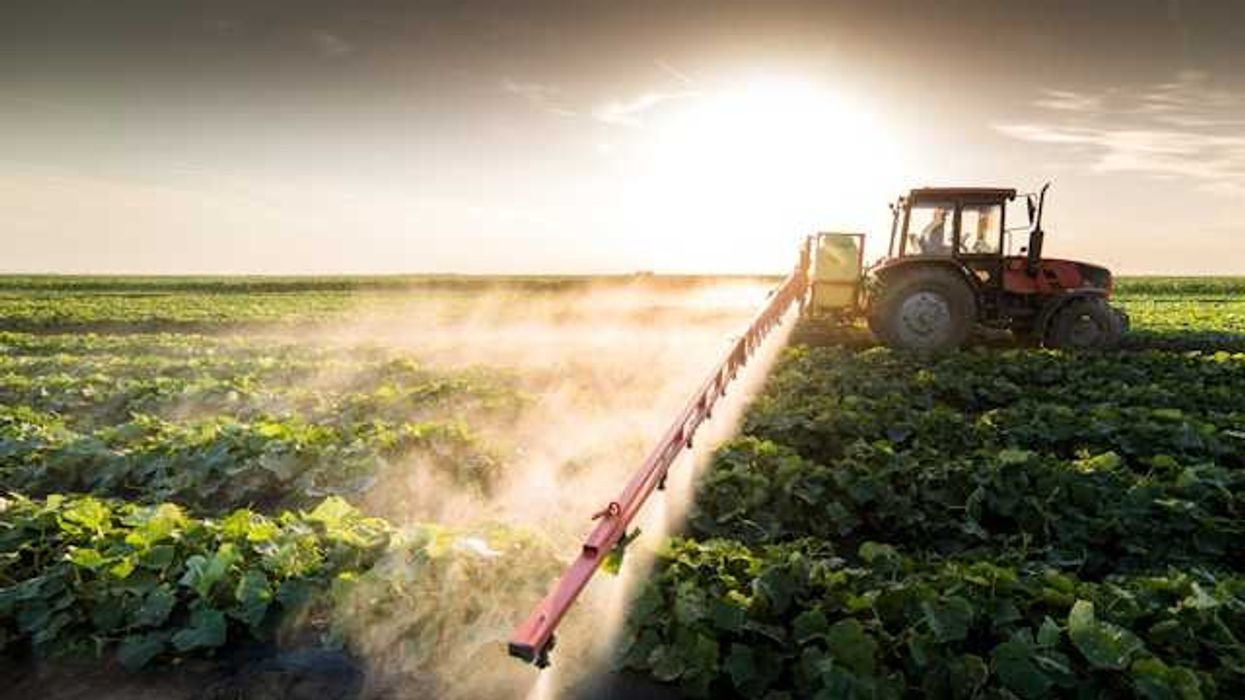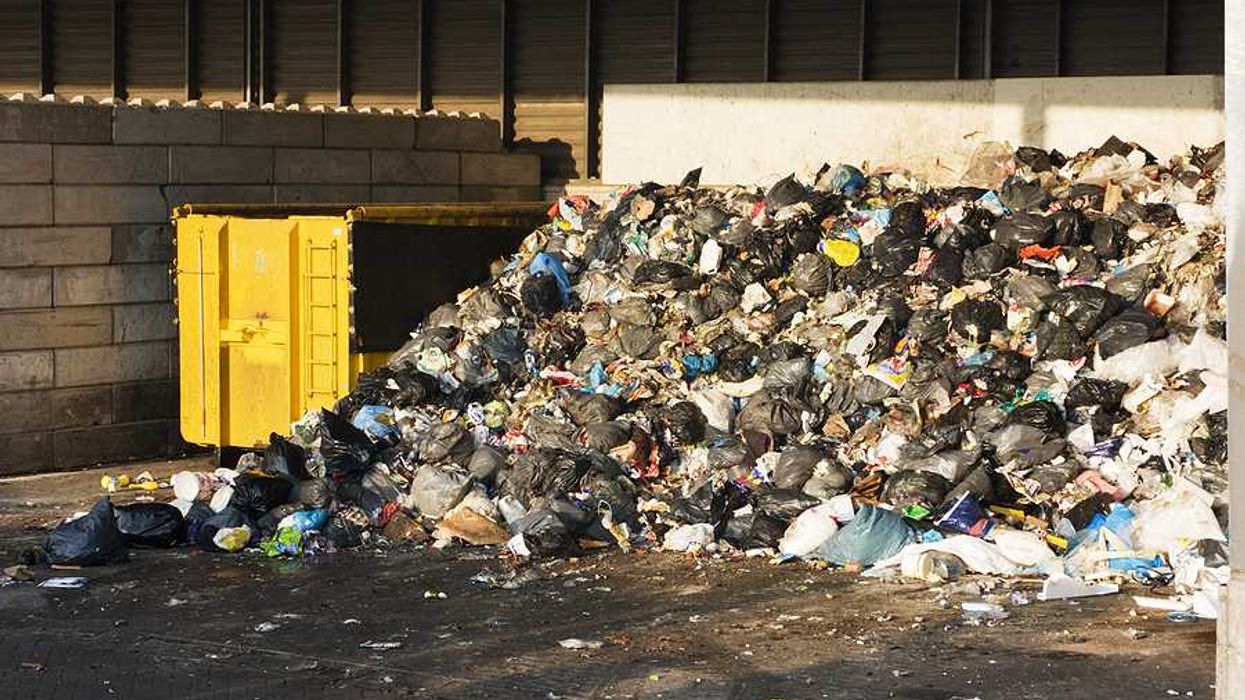A deadly blast at U.S. Steel’s Clairton Coke Works has prompted emergency air monitoring and renewed scrutiny of longstanding pollution problems in a Pennsylvania industrial corridor.
Michael Casey reports for The Associated Press.
In short:
- Allegheny County deployed mobile air monitors in the Mon Valley after an explosion killed two workers and injured more than 10 others at the Clairton Coke Works, the largest coking plant in North America.
- Though officials lifted an initial stay-inside advisory, experts said mobile monitoring is necessary because fixed monitors don’t capture pollution in communities closest to the plant.
- The plant has a history of major air pollution violations, and the explosion comes as the U.S. Environmental Protection Agency delays new fenceline monitoring rules that could have provided real-time data during the incident.
Key quote:
“If fenceline monitoring were in place at the time of the event and now in the aftermath, it would be providing us with valuable information on emissions during these times, which in turn would help us advise the community on their risk of adverse health effects.”
— Dr. Deborah Gentile, medical director of Community Partners in Asthma Care
Why this matters:
The Clairton Coke Works has long been a focal point for environmental health concerns in western Pennsylvania, where industrial air pollution burdens working-class communities. The coking process emits a cocktail of harmful pollutants, including fine particulates, volatile organic compounds, and sulfur dioxide — all linked to respiratory illness, heart disease, and cancer. The lack of fence-line monitoring leaves nearby neighborhoods in the dark about their daily exposures, especially during emergencies. As regulators delay tougher standards, communities remain vulnerable to pollution spikes from accidents at aging industrial facilities.
Learn more:
- Trump administration hid chemical risk data before deadly Pennsylvania plant explosion
- Clairton Coke Works fire: What are the health effects of sulfur dioxide exposure?
- Coke plant pollution linked to “asthma epidemic” in Pittsburgh-area elementary school
- Kids in Southwestern Pennsylvania are exposed to carcinogenic coke oven emissions at shockingly higher rates than the rest of the country
















